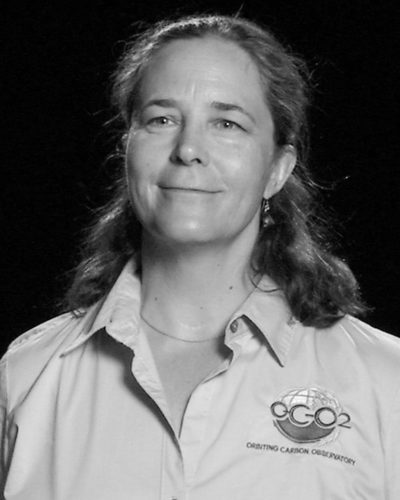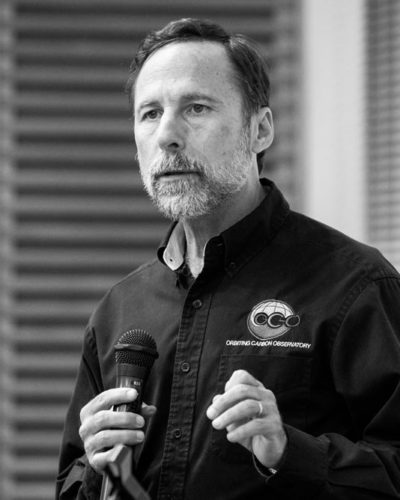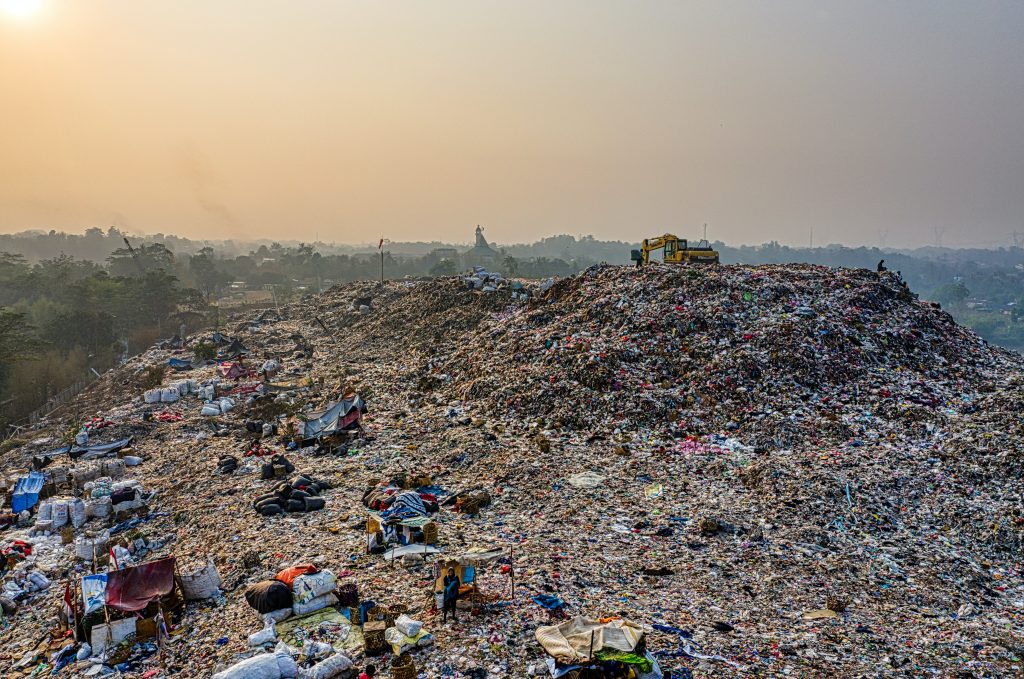Featured Experts

Annmarie Eldering
NASA OCO-3 Project Scientist

Annmarie Eldering
NASA OCO-3 Project Scientist
Dr. Annmarie Eldering is the Deputy Project Scientist for the Orbiting Carbon Observatory-2 (OCO-2) and the Project Scientist for OCO-3 at NASA Jet Propulsion Laboratory.

David Crisp
Senior Research Scientist at NASA JPL

David Crisp
Senior Research Scientist at NASA JPL
David Crisp is a Senior Research Scientist at NASA Jet Propulsion Laboratory and the Science Team Leader for the Orbiting Carbon Observatory (OCO) 2 and 3 missions. He served as the Principal Investigator for the first OCO mission, the first NASA mission designed to measure the sources and sinks of atmospheric CO2 from space.
In this Episode
In the first episode of our two-part series, we learned how NASA’s Orbiting Carbon Observatory made it to space despite overwhelming odds from David Crisp, the mission’s principal investigator.
Today, we released the sequel, where we explore the science of carbon dioxide remote sensing, and how the data collected by the OCO missions 2 and 3 can be used to address the climate crisis.
Dr. David Crisp returns, and with Dr. Annmarie Eldering, NASA Jet Propulsion Laboratory Project Scientist for the OCO-3 mission, explains what we have learned so far from the Orbiting Carbon Observatory missions.

